Maine Coons are 12 times more likely to develop "slipped capital femoral epiphysis (SCFE)
A study discovered that Maine Coon cats are 12 times more likely to develop "slipped capital femoral epiphysis (SCFE). So, what is it and is this important?
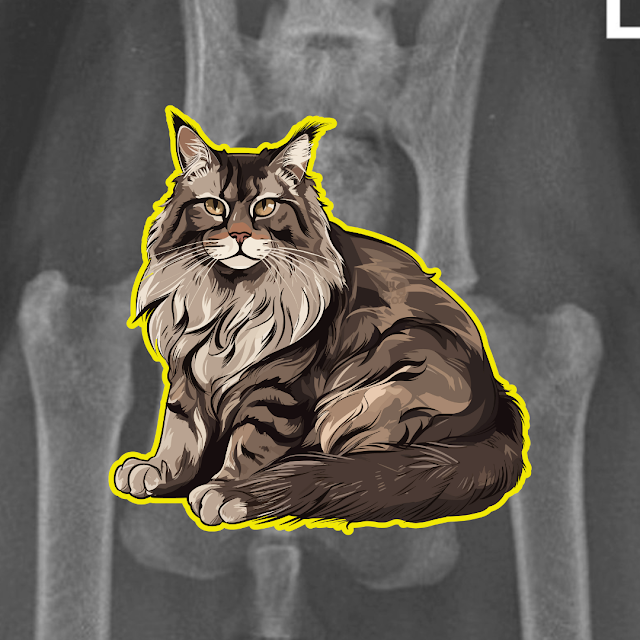 |
| Maine Coon cats are 12 times more likely to develop "slipped capital femoral epiphysis (SCFE). Image: the study referred to (background). The overall image is by MikeB (Canva). |
It may interest Maine Coon cat owners and those who want to purchase a Maine Coon to know that this cat breed - in addition to inheriting a predisposition to hip dysplasia - also appears to inherit another hip joint condition which, as I understand it, can sometimes lead to hip dysplasia and this other condition is called slipped capital femoral epiphysis. It affects the hip joint.
RELATED: Infographic on hip dysplasia in Maine Coon cats.
The study was published in 2016. It is online. You can read it if you wish by clicking on this link. The study was conducted in Austria. The interesting and perhaps disconcerting conclusion of the study, as mentioned, is that Maine Coon cats are 12 times more likely to develop this condition compared to all other domestic cats both non-purebred and purebred.
It appears that the Maine Coon cat is predisposed to it because of their size. And because male Maine Coon cats are bigger than female Maine Coon cats, they are particularly predisposed to this inherited disease. And cats which have been neutered and which have developed from kittens with 'delayed physeal closure' appear also to be more greatly predisposed to suffering from the condition.
As a consequence, the study scientists concluded that slipped capital femoral epiphysis "should be considered an important differential diagnosis in male Maine Coons age between one and 2.5 years that exhibit hindlimb lameness and a reduced activity level".
What they're saying there is that veterinarians when diagnosing hip dysplasia because a Maine Coon cat has developed lameness, should also consider this disease as a possible alternative cause for the lameness.
It is the first time that I have heard about this disease and that may be the case for readers of this article too.
I think purchasers of Maine Coons should be fully au fait with the inherited health issues of this popular breed as they impact caregiving dramatically particularly in terms of expense and anxiety about welfare. It is a great shame that such a great looking cat is so afflicted with these diseases brought about by poor breeding.


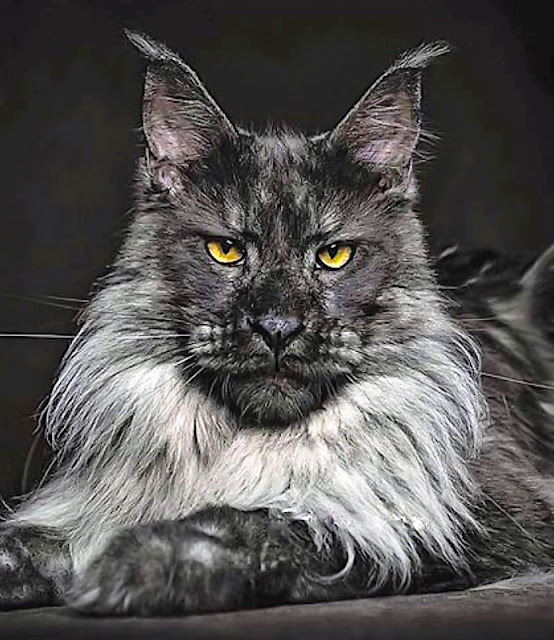



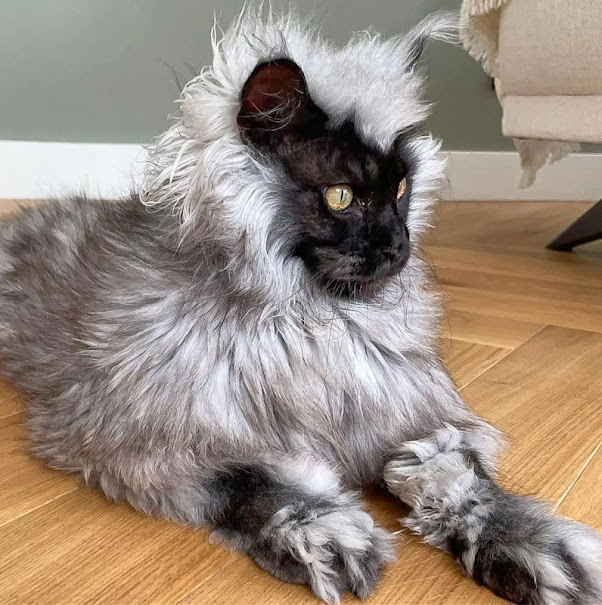

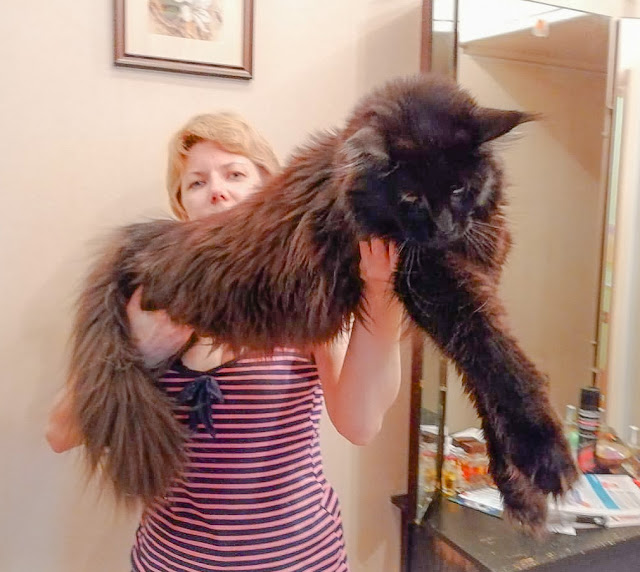
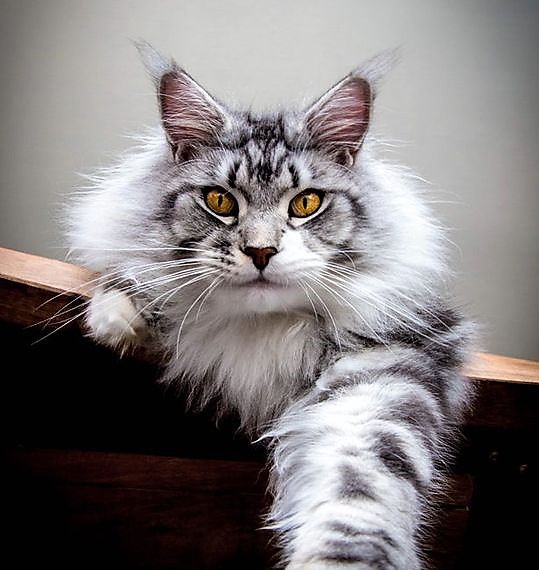
Comments
Post a Comment
Please share your Maine Coon experiences.